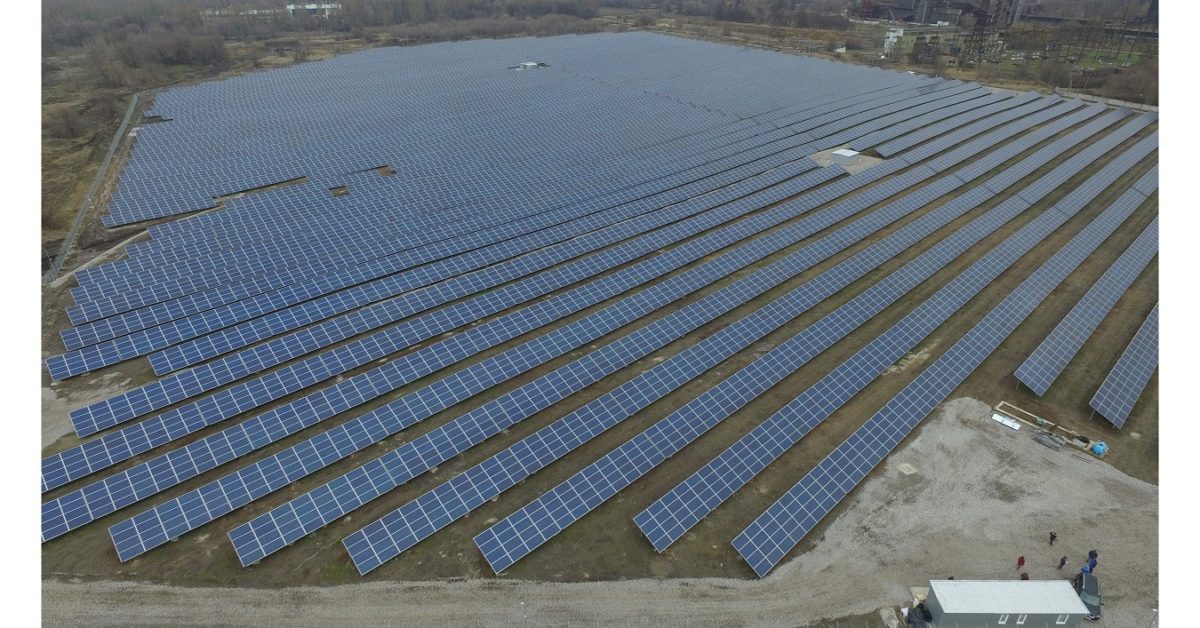The industry body for renewable energy businesses in Canada has called upon federal and provincial politicians to take the actions required to drive 1.6 GW of new solar generation capacity per year.
That is the volume of solar the Canadian Renewable Energy Association (CanREA) estimates will be needed to achieve a net zero economy in mid century – alongside 3.8 GW of wind farms every 12 months for the next 29 years in what would be an annual CA$8 billion (US$6.3 billion) investment.
Presenting its 2050 Vision document this month, subtitled Powering Canada’s Journey to Net-Zero, the trade body said Canada, which currently has 3 GW of solar capacity, would need 47 GW by 2050.
The renewables lobby group said policymakers should heed the advice given by the International Energy Agency and totally decarbonize electricity by 2035.
That would be an easier task for Canada than many industrialized nations as hydro supplies around 59% of the country's electricity at present, with nuclear, solar and wind accounting for 15%, 0.5%, and 5%, respectively.
The scale of the challenge is illustrated by the fact the government has committed to reduce its greenhouse gas emissions, from 2005 levels, by 40-45% this decade, but has only managed a 1% fall thus far. The country has also set five-year targets for 2030, 2035, 2040, and 2045.
CanREA called on policymakers to do more to incentivize renewables roll-out and said grid upgrades should be co-ordinated on a regional, rather than provincial scale. The membership group also wants legacy gas-fired power plants to be eligible for the rising exposure to carbon pricing new facilities will have to accept, with full exposure this decade.
This content is protected by copyright and may not be reused. If you want to cooperate with us and would like to reuse some of our content, please contact: editors@pv-magazine.com.




On the other hand Australia which is a smaller economy than Canada installs about 5GW of solar and almost 2 GW of wind per year with minimal federal assistance so not really too difficult if they set their mind to it
Australia’s climate is a bit different than Canada’s, too. Around tropical Darwin the solar power production changes little from summer to winter. At near-arctic Edmonton, Alberta the variation is a factor of 7 to 9 from July to December.
Solar PV is nearly useless for winter heating in Canada because it’s dark a lot, although it’s a good solution in places that need a lot of air conditioning like Aus. But Canada on average, is the coldest country on Earth, so it’s not ideal here.
And Canada is 60% hydro power already, plus 16% nuclear. If we could distribute the zero carbon electricity across the country instead of shipping it to the U.S., Canada would be at about 92% zero carbon electricity, and zero coal use. But unfortunately, most of the big hydro dams in the East are farther from Alberta than North Africa is from Norway. So the sparsely populated sunny, windy grassland area with the hydro potential of Saudi Arabia or northern Sudan that was once known as Palliser’s Triangle will be powered by solar and wind power in about 5 to 10 years. The far north is prooobably going to remain diesel powered and wood heated, or some small nuclear plants may be installed. CANDU once had a reactor design sized for a shopping mall, but maybe never built any.
Or add one more new Bruce Nuclear CANDU power plant and we’d be at 100% carbon free electricity in 12 years. Or we’ll do it all the Greenpeace way and need to burn wood and natural gas in winter and trade difficult-to-verify carbon credits for another couple of centuries until fusion power comes of age.
And there’s Eavor’s drilled closed loop geothermal that’s likely to heat and light the Prairie region’s cities a decade from now, and that’s as smokeless as skoal.